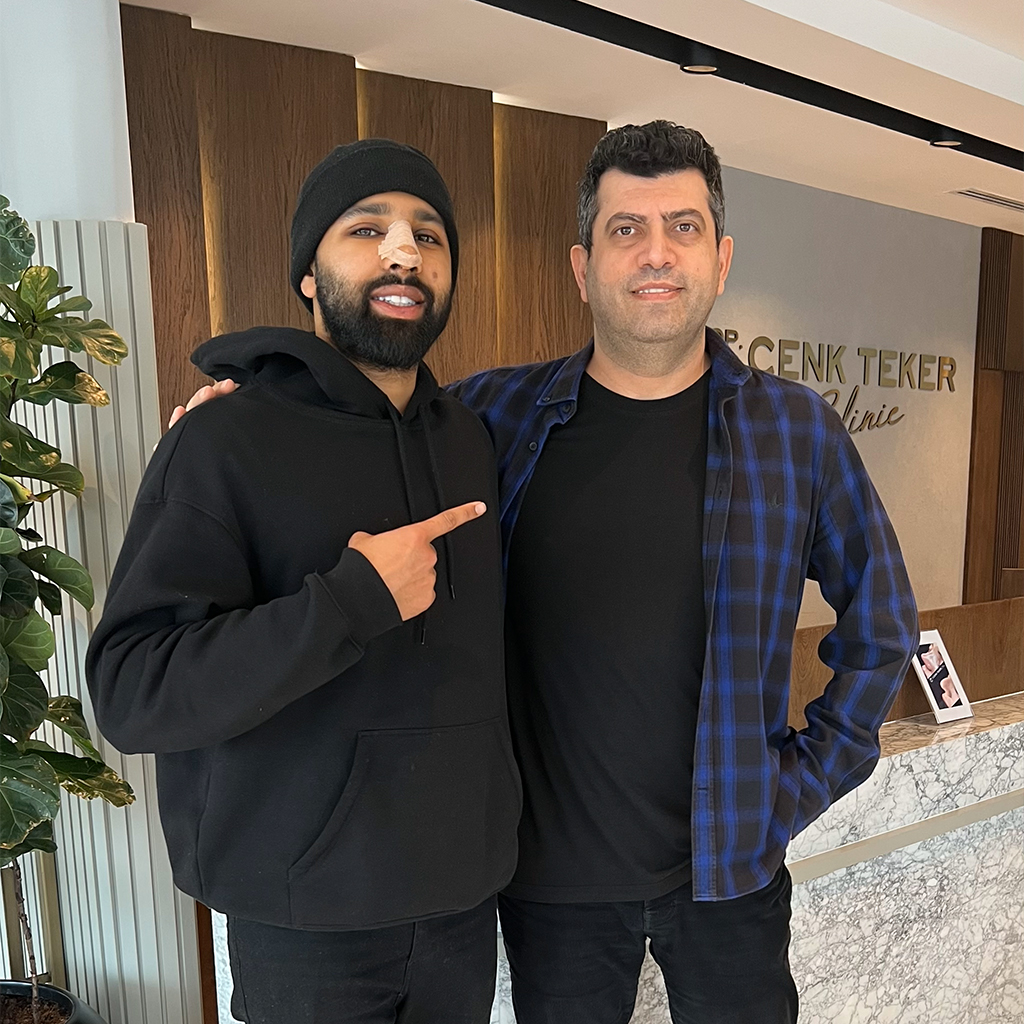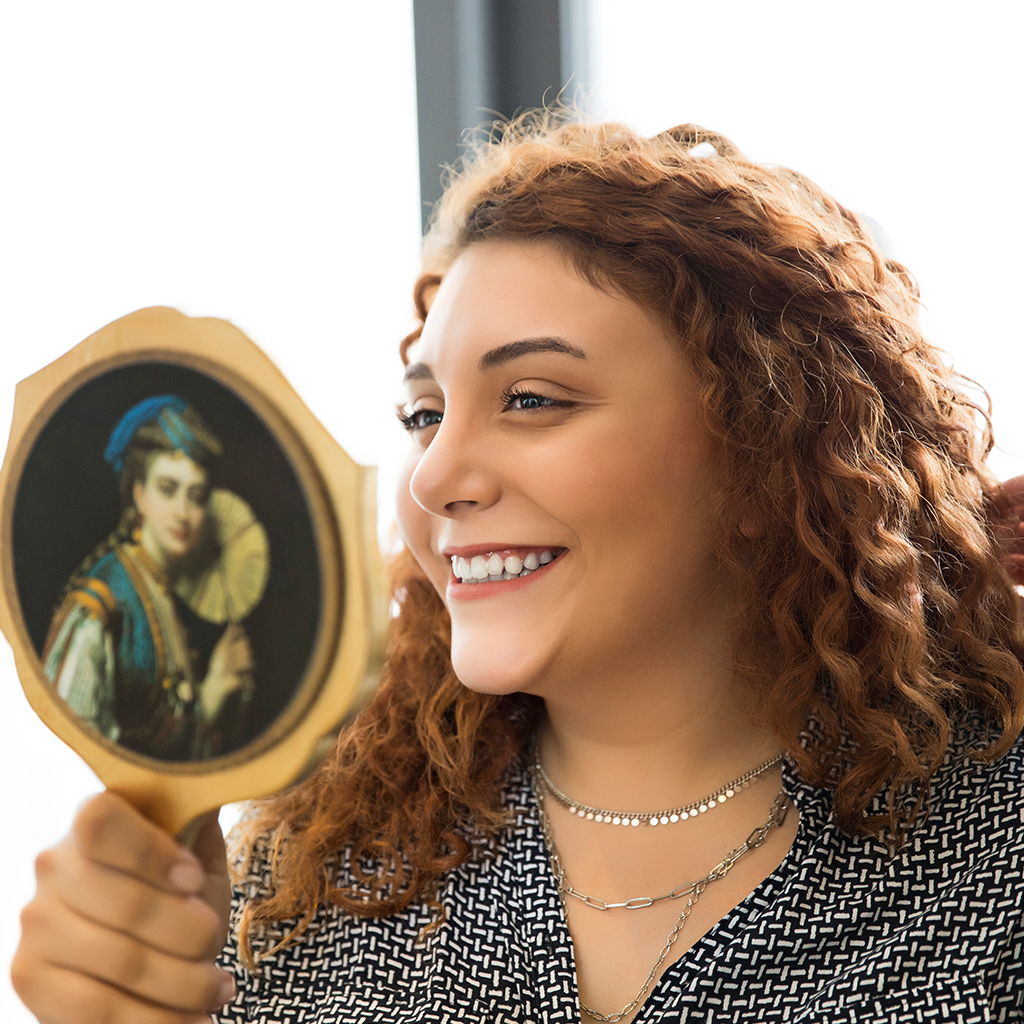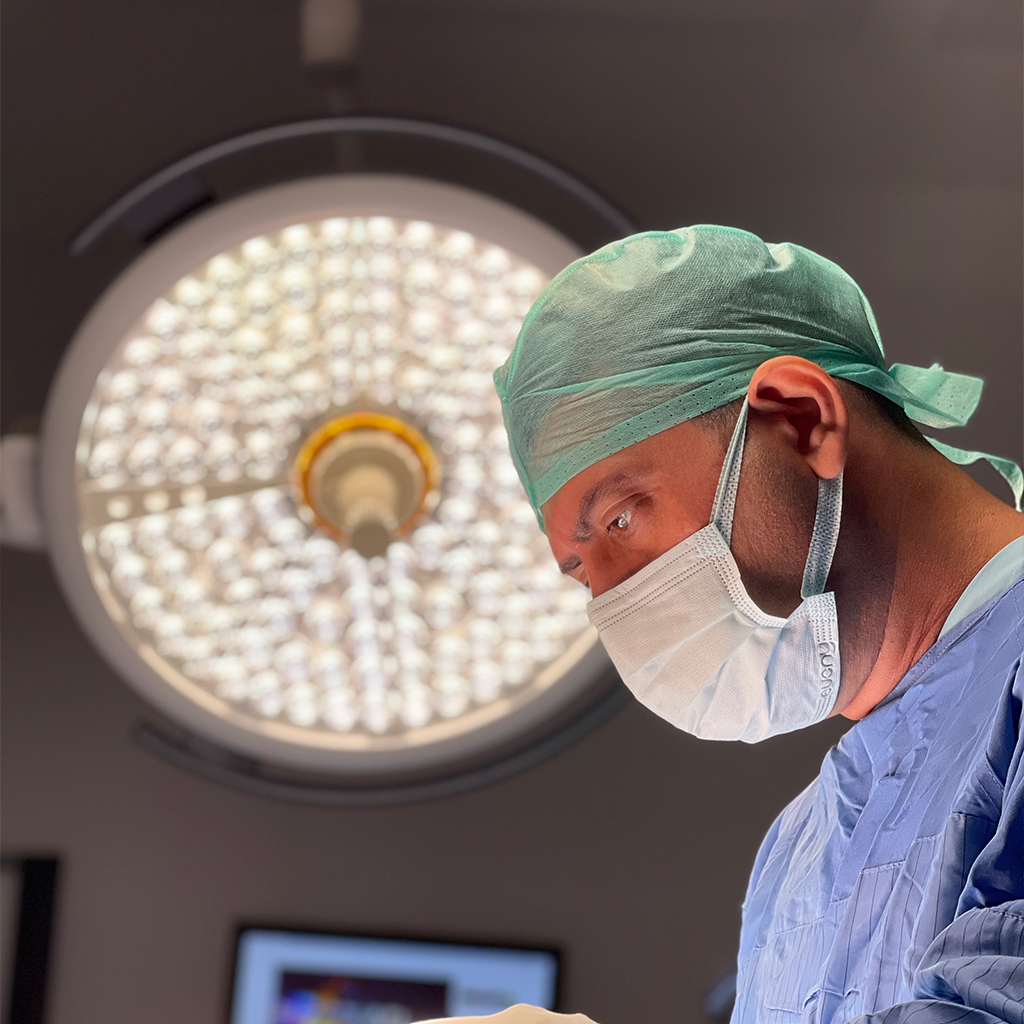Primary rhinoplasty is a surgical procedure performed to improve the appearance and/or function of the nose. It can be done for various reasons such as to correct congenital defects, improve breathing problems, or enhance aesthetic appearance. Here is a detailed overview of the primary rhinoplasty procedure:
Before the Surgery:
Before the surgery, you will have a consultation with your surgeon. During the consultation, you will discuss your goals and expectations from the surgery. Your surgeon will examine your nose and discuss your medical history to ensure you are a suitable candidate for the surgery. You may also be required to undergo some pre-operative tests to ensure you are fit for the surgery.
The Surgery:
The surgery is typically performed under general anesthesia or local anesthesia with sedation, depending on the extent of the procedure. The procedure usually takes between 1-3 hours, depending on the complexity of the surgery. There are two main techniques used in primary rhinoplasty: the open rhinoplasty technique and the closed rhinoplasty technique.
Open Rhinoplasty:
In open rhinoplasty, a small incision is made on the columella (the tissue between the nostrils). This allows the surgeon to lift the skin and expose the underlying bone and cartilage structure of the nose. This technique provides better visualization and access to the nasal structures, making it ideal for more complex nasal deformities.
Closed Rhinoplasty:
In closed rhinoplasty, all incisions are made inside the nostrils, and no external incisions are made. This technique is less invasive than open rhinoplasty and is often used for minor nasal corrections. During the surgery, your surgeon will reshape the bone and cartilage of your nose to achieve the desired results. This can include removing or adding bone or cartilage, altering the shape of the nostrils, or correcting the septum (the wall between the two nostrils). If you have a breathing problem, your surgeon may also perform a procedure called septoplasty, which involves straightening the septum to improve airflow.
After the Surgery:
After the surgery, your surgeon will place a splint on your nose to support the new structure and to protect it from accidental trauma. You may also have internal splints to support the septum. You may experience some discomfort and swelling in the nose area, and your surgeon may prescribe pain medication to help alleviate any discomfort.
Recovery:
The recovery period for primary rhinoplasty can take several weeks. During this time, you will need to avoid any strenuous activities or exercises that may cause nasal trauma. You should also avoid blowing your nose or sneezing through your nose for the first few days after the surgery. Your surgeon will give you specific post-operative instructions to follow, including when to return for a follow-up appointment.
Conclusion:
Primary rhinoplasty is a surgical procedure that can help improve the appearance and/or function of the nose. It is a complex procedure that requires the expertise of a skilled and experienced surgeon. If you are considering primary rhinoplasty, it is essential to consult with a board-certified plastic surgeon to discuss your goals and expectations from the surgery.
Candidates:
Ideal candidates for primary rhinoplasty are individuals who are in good health, have fully developed nasal structures, and have realistic expectations from the surgery. It is also important that candidates are non-smokers, as smoking can interfere with the healing process and increase the risk of complications.
Preparation:
Prior to the surgery, your surgeon may recommend that you stop taking certain medications or supplements that can increase the risk of bleeding during the surgery. You will also need to arrange for someone to drive you home after the surgery and to stay with you for the first 24 hours.
Potential Risks:
Like any surgical procedure, primary rhinoplasty carries some risks. Some potential risks include bleeding, infection, scarring, breathing difficulties, and asymmetry. Your surgeon will discuss these risks with you before the surgery and take steps to minimize them.
Results:
The results of primary rhinoplasty are not immediately visible as the nose will be swollen and bruised for several weeks after the surgery. It can take several months for the swelling to completely subside, and for the final results to become apparent. However, the results of primary rhinoplasty can be long-lasting and can improve the overall appearance and function of the nose.
Cost:
The cost of primary rhinoplasty can vary depending on the surgeon’s experience and location, the complexity of the surgery, and any additional procedures that may be required. It is important to discuss the cost of the procedure with your surgeon during the consultation.
Conclusion:
Primary rhinoplasty is a surgical procedure that can improve the appearance and/or function of the nose. It is a complex procedure that requires the expertise of a skilled and experienced surgeon. If you are considering primary rhinoplasty, it is important to discuss your goals and expectations with a board-certified plastic surgeon who can provide you with a personalized treatment plan.
Postoperative Care:
After the surgery, your surgeon will provide you with specific postoperative care instructions, including:
How to take care of the splint and bandages
How to manage any discomfort or pain
How to avoid any strenuous activity
When to resume normal activities
How to keep the surgical site clean
It is important to follow these instructions carefully to ensure optimal healing and to avoid any complications.
Revisions:
In some cases, patients may not be completely satisfied with the results of their primary rhinoplasty. In such cases, revision rhinoplasty may be necessary to achieve the desired results. However, revision rhinoplasty is a more complex procedure that may require more time and skill to achieve the desired results.
Choosing a Surgeon:
Choosing the right surgeon is one of the most important steps in ensuring a successful primary rhinoplasty procedure. It is important to choose a board-certified plastic surgeon who has extensive experience and expertise in performing rhinoplasty procedures. You should also look at before-and-after photos of the surgeon’s previous patients to get an idea of their work.
Communication with your Surgeon:
Good communication with your surgeon is essential in achieving your desired results. During your consultation, be sure to discuss your goals and expectations with your surgeon in detail. You should also ask any questions you may have and make sure you fully understand the procedure, the potential risks and complications, and the recovery process.
Conclusion:
Primary rhinoplasty is a surgical procedure that can improve the appearance and/or function of the nose. It is a complex procedure that requires the expertise of a skilled and experienced surgeon. By choosing the right surgeon, following postoperative care instructions carefully, and communicating well with your surgeon, you can achieve optimal results from your primary rhinoplasty procedure.





